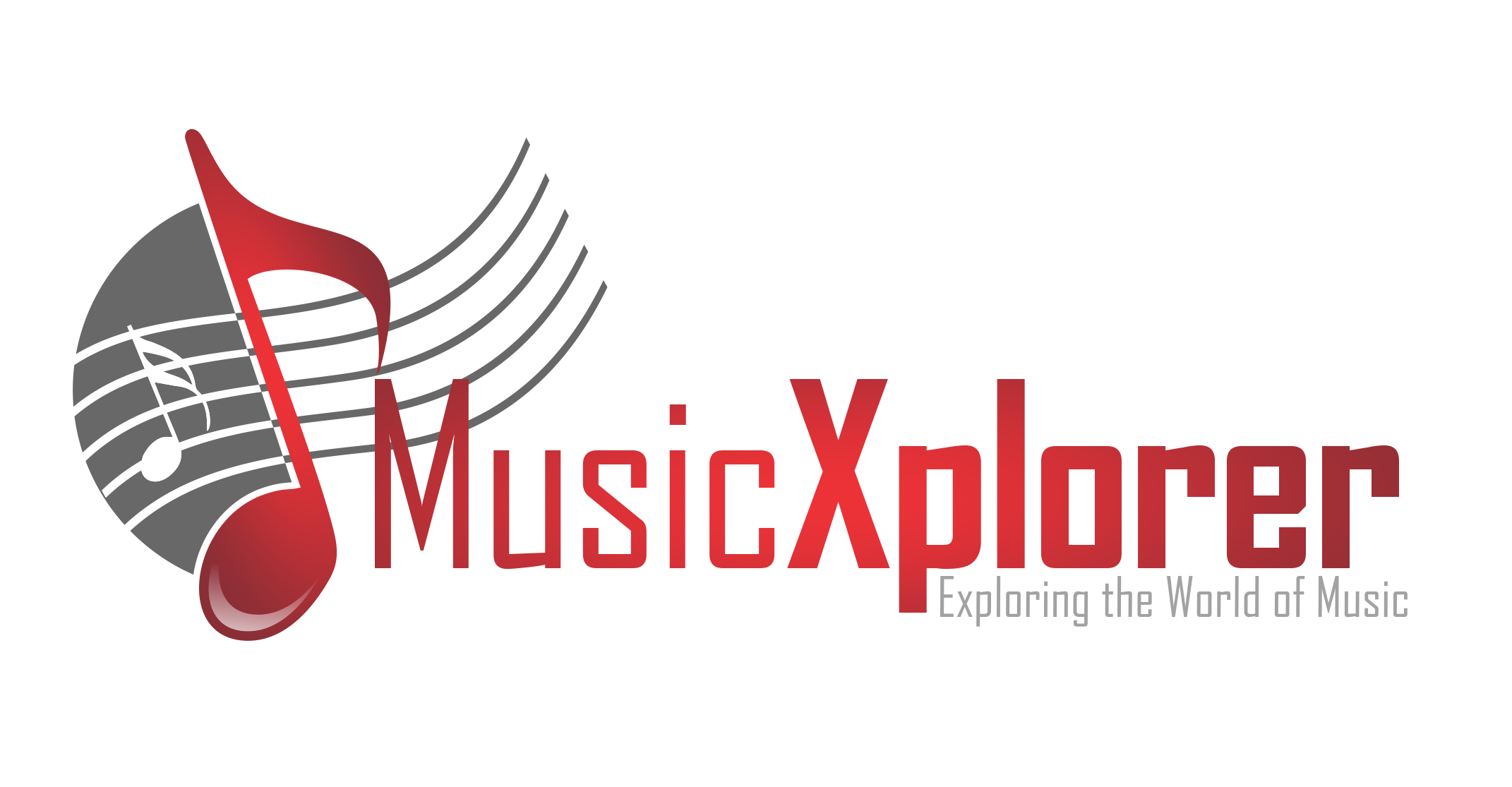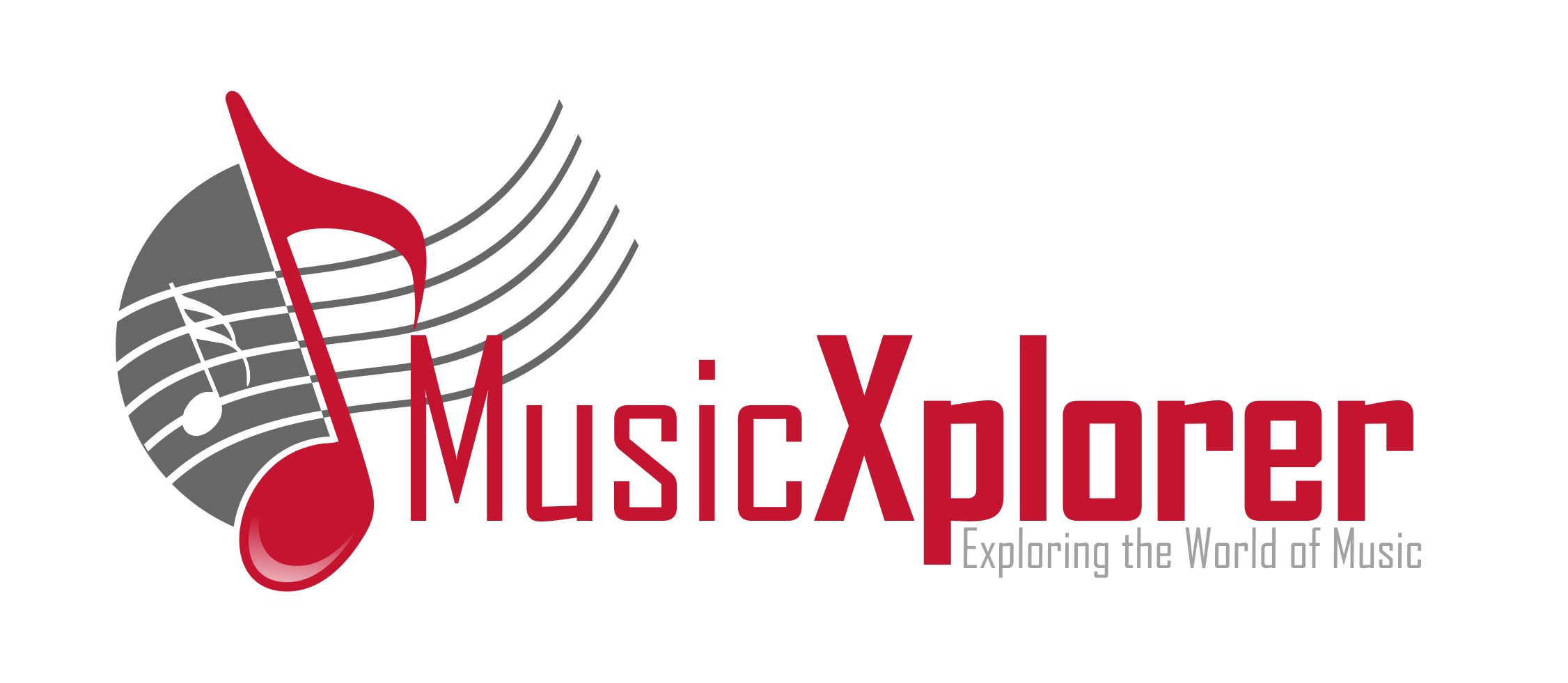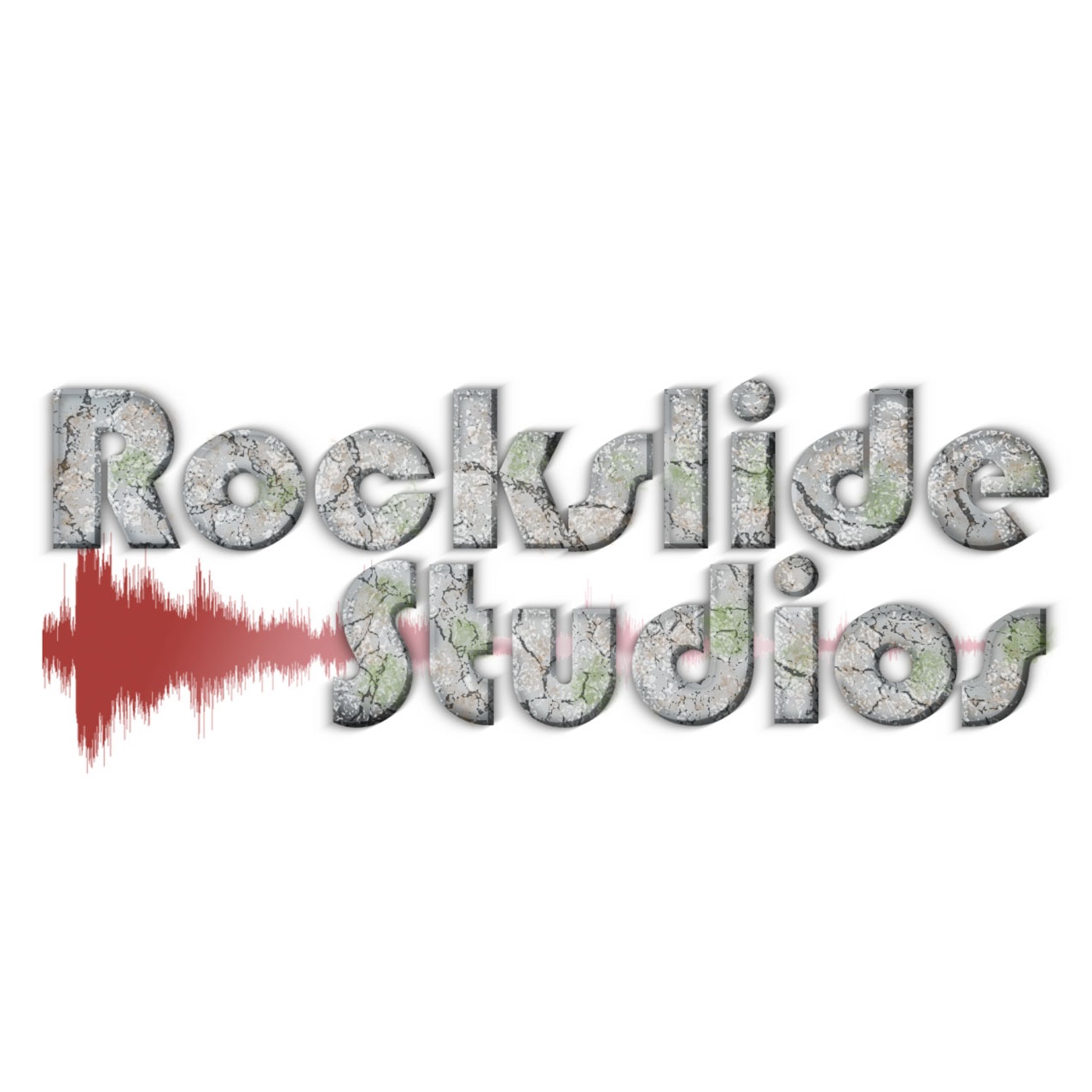Jimi Alan — Rockslide Studios
A comfortable demo shop in Andover, NJ
Jimi Alan, Owner and Engineer of Rockslide Studios
Jimi Alan, a skilled guitarist and engineer from New Jersey. Jimi’s primary focus is the lead guitarist for an original, favorite local New Jersey band, Bubba Grouch. He is also the lead guitarist for the highly recognized and popular Tom Petty tribute band, Damn the Torpedoes. Notwithstanding, he is also an engineer for his own Rockslide Studios that has been in existence for over 25 years. His high attention and good ear to detail has made him a talented engineer who has worked with a lot of musicians, including Chad Szeliga, a former member of Breaking Benjamin and the band Tantric.
MUSICXPLORER — Jimi, you are well known for being a focused guitar player. How did you come about wanting to be more involved in the engineering and recording side?
Jimi — In the beginning I just wanted to learn how to play songs and be able to play the songs right. As I got older, I became more interested in how the songs were created and to pick them apart. So I decided to look at Van Halen’s first record to try to understand how they got this glorious sound. Really, what better album to start with?
How did you go about starting the desire of recording?
Jimi — When I was 23, my wife bought me a Tascam Porta 01 (A four-track recorder that uses a standard cassette tape). I thought it was amazing, and I knew I really wanted to get into recording and engineering. I was learning how to use it in between doing gigs. I was getting a little more serious as time went on, and I started putting things together in my garage to use as a studio. I was learning this at my own pace and having a great time doing it. There was only so much I could do with Porta 01, so in 1996 I upgraded to the Tascam 6/88.
What is a 6/88?
Jimi — It is an 8 track cassette recorder with a 20 channel built-in mixer—it was was a good tool. I used it at the beginning, but still had the tape hiss thing that you don’t get in digital recording. The 6/88 was a complex machine to me and eventually I learned how to use it.
What did you learn from the Tascams at this point?
Jimi — I was getting better at recording. Both Tascam units gave gave me the ability to learn how to commit instruments to certain tracks. Bringing in instruments to the mixer and committing them to certain tracks, you will always lose something every time you mix, because you can only record so much at one time. You’re limited to only eight tracks to use to record on the 6/88. For example, if I recorded on tracks 1 through 6 and condensed them in stereo to tracks 7 and 8, I now lose two tracks to the committed mixed tracks 7 and 8 (this is called bouncing) and now I only have six tracks available for recording. Now that you have those committed tracks, all the original tracks are lost. One through 6 would be overwritten to record new tracks, and 7 and 8 would be the two mixed, committed tracks that are kept to continue with recording. Both of these Tascam units were my first real experience at multi-tracking.
So you were finally understanding what an engineer meant?
Jimi — Yeah, things were becoming more clear to me. Being an audio engineer is a totally different animal than setting up sound to do a show. An engineer isn’t always about getting the sounds. An engineer is a guy that can overcome the obstacles and rectify situations and make it work. I always had junk gear and wasn’t afraid to take things apart so that I could understand more. I really had the bug at this point and started hanging out with people who knew about recording. I continued to read and started to take some Online courses in studio engineering, and then one day, I decided to go to Showplace Studios and watch Ben Elliott do his magic.
Who is Ben Elliott and how did you meet him?
Jimi — Ben is the chief engineer and producer at Showplace Studios in Dover, NJ. I think I met Ben through an online course I had taken. One day I sort of invited myself into the studio and just watched him.
He had no Issues with that?
Jimi — I guess not. I just sat in the back of the room and watched and listened for about six months. It was fascinating. I watched Ben pick up a lot of the tiniest little things that an ordinary person would not catch.
Sounds like a cool dude? Did he teach you?
Jimi — Yeah, he is very cool. I wouldn’t say that Ben taught me in the normal sense of the word; but it got to the point where he would ask me things as a second person that was there just to ask a trusted ear. I took that real personal and felt that he could trust me. I then started to ask him questions and he asked me “Why don’t you go out and buy a cheap Pro Tools rig?” So I went and bought Pro Tools (Version 5). I learned a lot over those six months with him.
What is Pro Tools?
Jimi — Pro Tools is a digital audio software program that you are able to use through a PC. It is made by Avid Technologies.
So this was your next step at becoming a better engineer? Were you doing any recording?
Jimi — Yes, I was learning Pro Tools. It was a new animal to me because it was using a computer with a mouse- it was point and click. I was just not used to using a mouse man. It was weird to me- it was digital, no sliders or knobs! I was used to the old-fashioned way of recording and mixing. Back then, Pro Tools was free and you just bought the hardware. I had to learn about routing the signal from the source to its destination and whatever devices it had to go through to get there- being preamps, compression, or an equalizer before it gets to that destination. I was getting pretty good with it after a few months.
I was also going to the open mic thing that Brian Yelinko was doing with Shari and Jenny Spiro around 1999-2000. One night I was watching this dude who was a singer/songwriter/guitarist. He was awesome man. His name was Ceiro Patty. I thought this guy would be great for me to record. I thought to myself, I wonder if I could be friends with this guy.
What happened?
Jimi — I just pitched it to him and said, “Dude, your shit is awesome, and I want to record you. I don’t know what the hell I’m doing, but I’d like to record you,” and he was like, “Cool, sure.” We met at my studio the next week. The studio was a makeshift situation at the time. We even had to use blankets to wrap them around to make it perform like a vocal booth. That was odd! We did a lot of live demos. It was the perfect thing to do as a starting point for recording. It only required two tracks because it was just recording guitar and vocals. It was a great learning experience and my first real stab at recording.
Where did you go from there?
Jimi — I decided I wanted to do more- I wanted to record my own stuff. I wanted to record myself playing all the instruments and learn more at the same time. My goal was for me to record myself doing everything. I upgraded to Pro Tools 7. I also wanted to get back to something physical I can control. I wanted to get back to twisting knobs and sliders- I didn’t want to use a mouse.
What instruments did you have to use?
Jimi — I first started with all my guitars and different amps that I had. I then moved onto the bass, piano, and later I bought a drum kit. I’ve always struggled with the bass. I can’t seem to always get the desired tone.
I know there are a lot of different ways to record guitars and amps. But drums, there are so many different pieces to a kit at any time. What did you do there?
Jimi — Drums are my favorite and the hardest because of the phase relationships. By phase relationship, I mean one microphone will be on, say the snare, and another microphone on the floor tom. It will pick up another different sound off the snare. The problem is, you’ve got a whole bunch of microphones that can pick up a different frequency of the snare; where the waves are also hitting the mic in a different time, where another different sound is coming out. So, you have to make sure where all those microphones are, and that you have all those phases worked out. I spent a lot of time recording with drums and microphones. After a few months, I finally learned what I needed and wanted to record a song.
Have you done demo recordings for other musicians?
Jimi — I have done a lot, and still do demos for people, some have come out really well. One of the last demos I did was for this dude, Casey Honig and his friend Chad Szeliga (Breaking Benjamin, Black Label Society, and Scott Stapp). I also do demos for kids who can’t afford studio time and are intimidated. It’s a real pleasure to see their faces light up after we have finished doing a recording.
How did you hook up with Casey and Chad?
Jimi — I ran into Casey at a gig one night and we talked about recording and then we hooked up at my studio. Casey brought Chad over to play drums. Chad is a phenomenal drummer who had a lot of great ideas. It was an awesome session. I think Chad is now with Black Star Riders. We did Casey’s whole record here. Their stuff was very emotional and powerful. It was real good, but I think they wanted something more edgy than I could do. I’m also old school and don’t use headphones as most engineers do. I go with my ear, and I like the open air in the room.
How is it working with the kids?
Jimi — I love working with them. I usually have them load in on Friday and plan it out. Saturday we record, and if they want to, they can practice. Sunday we go through the mix and make them sound good. The kids are still learning and make mistakes so I clean the tracks up, rerecord parts if we need to, then give them the finished product, and watch their faces light up. I want to give them the best thing I can give them, because they are still learning and it makes them happy.
What do you enjoy the most out of recording?
Jimi — I love recording a full band. The one thing I dislike the most is editing. I’d rather have people record live.
I hear ya, too much editing makes it sound manufactured, and not real or organic.
Jimi — Yeah, it’s not real. I could make a record with me doing all the instruments, but what fun is that? When I’m recording for people, I have a lot of them say, “Hey, you can fix that right? You have Pro Tools. We screwed this part up.” I often tell them, “Yeah, I could I guess, but just play it as if you’re in a live band.”
Do you advertise?
Jimi — I do have my website, but it’s really word of mouth and friends. I never advertise and have never called this a professional studio. The studio is not a real studio. I’d really call it a demo shop.
How did you come up with the name Rockslide Studios?
Jimi — It’s a real cool name isn’t it? We were drinking some beers out in my backyard one day and were looking at the giant rock slide that’s back there and we thought that would be a real cool name for the studio.
How would you descibe your studio in three words?
Jimi — Comfortable Demo Shop, beacuse that is exactly what it is. It’s a great comfortable place for people to come.
Thanks Jimi for taking the time to discuss what it takes to be an engineer and your personal history with it.
We will catch up with Jimi in the Bubba Grouch interview coming soon.


